The world of art is no stranger to innovation, and the rise of artificial intelligence (AI) is pushing the boundaries of creativity like never before. From social media to video game creation, AI is transforming the artistic landscape. This article delves into the various ways AI art is being utilized today, highlighting current trends and exploring the implications for artists and the art community.
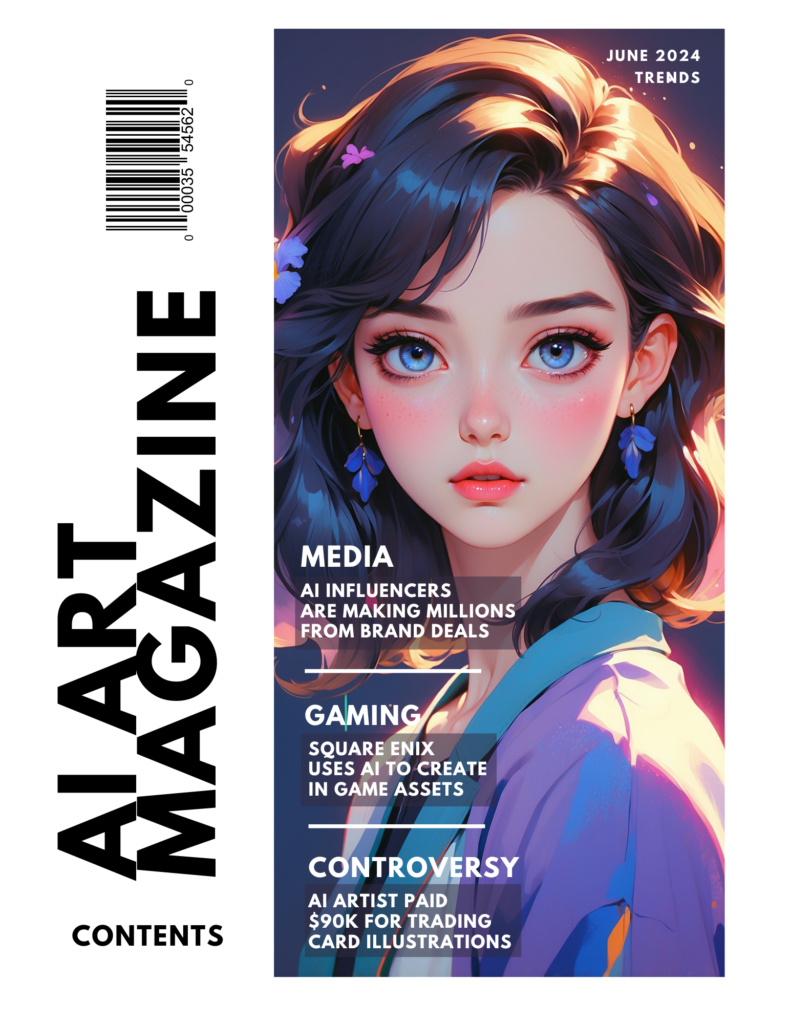
The Rise of Virtual Influencers
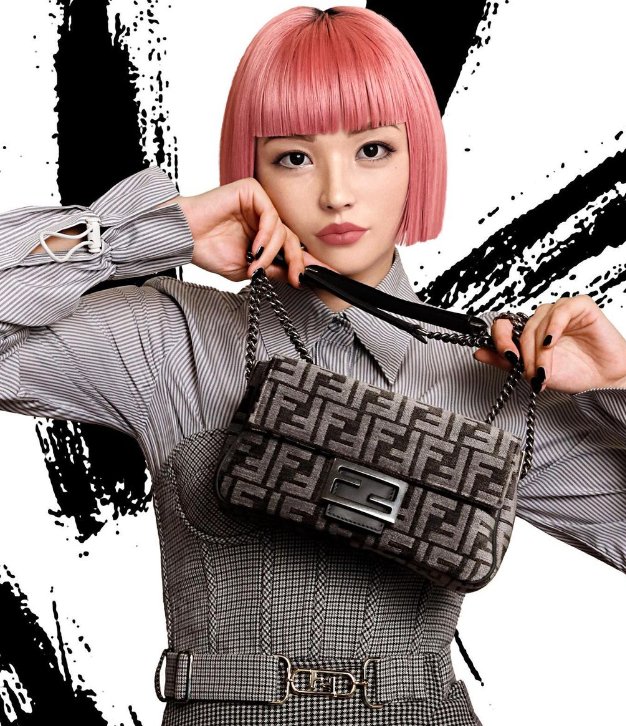
In the age of social media, influencers hold significant sway over consumer behavior. Interestingly, some of the most popular influencers today aren’t human at all. AI-generated personas like Lil Miquela, Imma, and Shudu are captivating millions with their hyper-realistic appearances and engaging content. These virtual influencers, crafted using advanced AI tools, are not only garnering massive followings but also securing lucrative brand deals with fashion giants such as Dior, Calvin Klein, and Prada.
Hyper-Realistic AI Creations
The realism of these AI-generated personas is often astounding. Graphic designers and digital artists employ AI art generators to create virtual influencers that followers sometimes mistake for real people. For instance, the Nordic model Milla Sofia recently deceived Twitter users with her AI-generated images of bikini photos, leaving fans in awe of how life-like they were.
The Impact on Social Media Marketing
The success of virtual influencers is reshaping the landscape of social media marketing. Brands find these AI personas to be a novel and cost-effective way to reach their target audiences. However, the rise of virtual influencers also raises ethical questions about transparency and authenticity. As technology continues to advance, we can expect more virtual stars to emerge, further blurring the lines between real and artificial in the digital marketing space.

AI in Video Game Development
The integration of AI in video game development is another area where artificial intelligence is making significant strides. Square Enix’s recent venture into using AI for creating in-game artwork for their multiplayer game “Foamstars” highlights this trend. By leveraging AI tools like Midjourney, the development team was able to generate album covers and other assets, pushing the boundaries of creativity in game design.
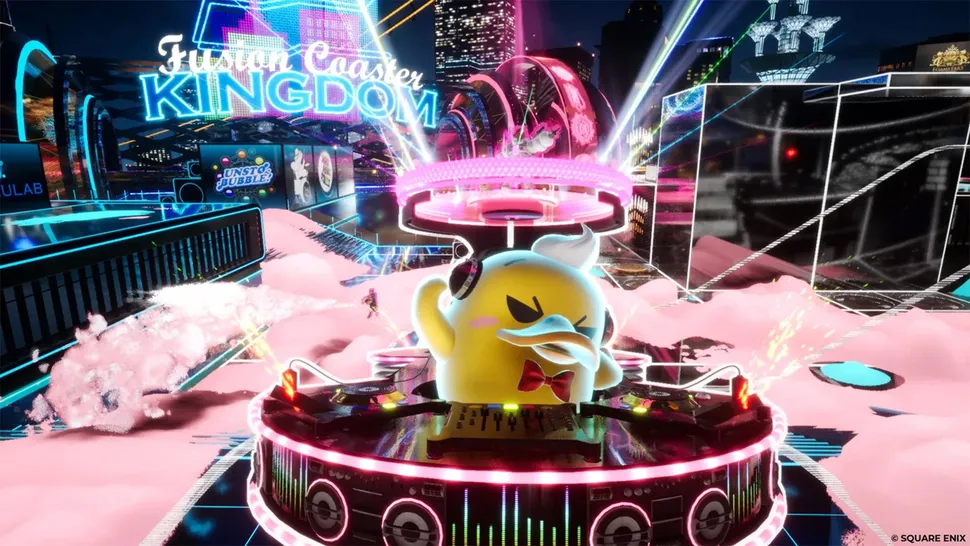
The Controversy and Ethical Implications
The use of AI-generated art in video games has sparked controversy within the artistic community. Concerns about transparency, copyright infringement, and the impact on traditional artists have led to heated debates. For example, Steam’s rejection of games featuring AI-generated assets due to unclear copyright ownership underscores the legal and ethical challenges posed by generative AI in the gaming industry.
Champions of Otherworldly Magic: A Case Study
A recent example of AI art’s impact is the digital trading card game Champions of Otherworldly Magic, which paid $90,000 to an “AI artist” for over 1,000 illustrations. This decision has reignited debates about the use of AI in art creation.
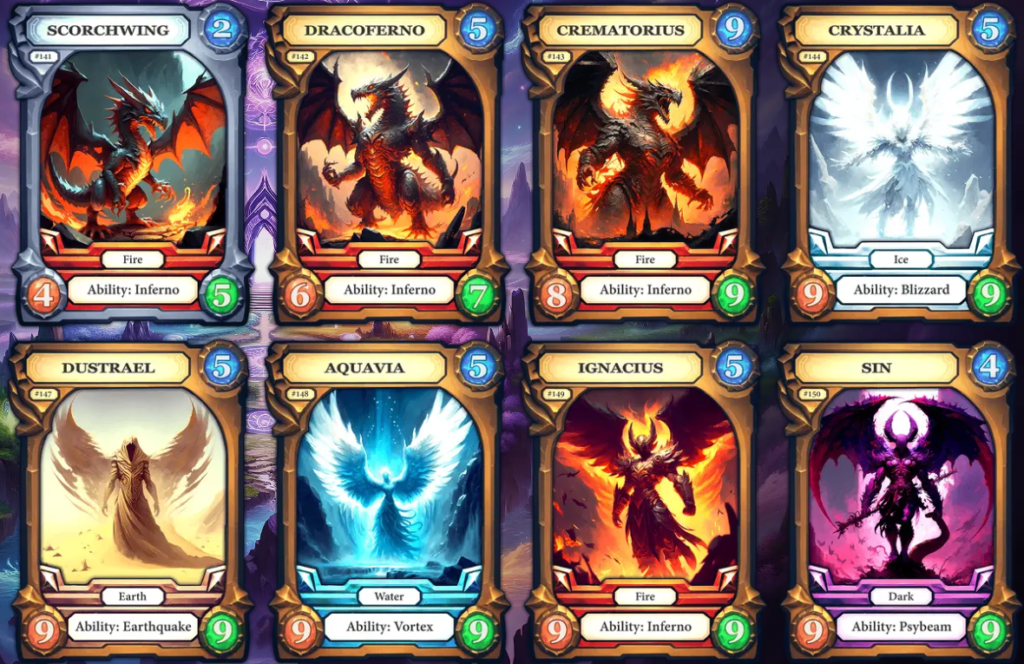
Sparking Debate
The game’s developers praised the quality of the AI-generated images, stating that “no one comes close to the quality he delivers.” This statement challenged traditional artists to match the AI’s output within a tight timeframe, leading to heated discussions about the value and authenticity of AI-created art.
Ethical and Creative Implications
Many artists argue that using AI for art creation deprives human artists of income and opportunities. They claim that AI-generated art lacks the “soul” that distinguishes human-created art. Others, however, see AI as a powerful tool that can augment human creativity and help meet the growing demand for content.
Artificial Intelligence Art Generators and Tools
AI art generators are what make all of this possible. These tools use advanced AI algorithms to create digital art that ranges from abstract designs to photorealistic portraits. Popular AI art generators like Nightcafe AI, Leonardo AI and Midjourney have democratized the process of creating art, allowing anyone online to produce their own original art.

The Role of Generative AI in Art Creation
Generative AI refers to AI systems that can create new content from scratch. In the context of art, this means generating images, music, and even written content that is original and often indistinguishable from human-created work. Artists are using generative AI to explore new artistic styles and push the boundaries of their creativity. This technology allows for experimentation with forms and techniques that would be time-consuming or impossible to achieve manually.
AI in Professional Artistry
Professional artists are increasingly incorporating AI tools into their creative processes. These tools can assist with everything from generating initial concepts to refining final pieces. For instance, AI can analyze thousands of artworks to inspire new designs or provide unique color palettes. This collaboration between human creativity and machine intelligence is opening up new possibilities for artistic expression.
Ethical and Legal Considerations
As AI continues to permeate the art world, it brings with it a host of ethical and legal challenges. One major concern is the question of authorship and ownership of AI-generated art. If an AI system creates a piece of art, who owns the copyright? This issue is further complicated by the fact that AI systems are often trained on existing artworks, raising concerns about plagiarism and the use of copyrighted material without permission.
The Debate Over AI and Copyright
The controversy over AI-generated art extends to the broader entertainment industry. For example, Marvel’s use of AI-generated opening credits for their series “Secret Wars” has been met with criticism from artists who feel that AI-generated content undermines their work. Similarly, the game distribution platform Steam has taken a cautious approach, refusing to host games that include AI-generated assets due to the unclear legal landscape.
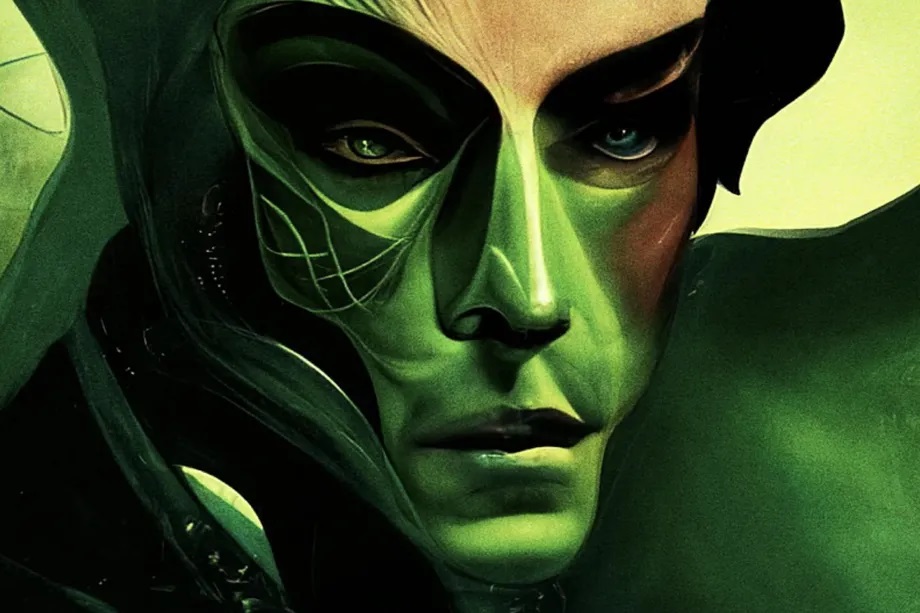
AI and the Future of Art
Despite the controversies, the potential of AI in art is undeniable. As AI technology continues to evolve, it will undoubtedly become an even more integral part of the artistic process. The future of AI artwork is likely to involve greater collaboration between human artists and AI systems, leading to new forms of hybrid creativity that blend human intuition with machine precision.
Embracing AI in Artistic Endeavors
Artists who embrace AI tools are finding new ways to enhance their creative processes. AI can handle repetitive tasks, allowing artists to focus on more complex and imaginative aspects of their work. For instance, AI can generate background elements for a painting, leaving the artist free to concentrate on the main subjects. This symbiotic relationship between artists and AI is paving the way for innovative artistic expressions that push the boundaries of what is possible.
“AI will not replace jobs, but it will change the nature of work.” – Kai-Fu Lee
Conclusion
The integration of AI into the art world is a fascinating and complex phenomenon. From virtual influencers and video game assets to generative art tools and educational applications, AI is reshaping the way we create and consume art. While the ethical and legal challenges are significant, the potential benefits of AI in art are immense. By embracing this technology, artists can push the boundaries of their creativity and explore a new creative process in artistic expression. As we continue to navigate this evolving landscape, one thing is clear: the future of art is undeniably intertwined with the advancements in artificial intelligence.
_____________________________________________________________________________________________________________
Matthew Richardson is a writer dedicated to exploring the fascinating world of AI-generated art and technology. Follow his blog at AIArtKingdom.com and on Pinterest.
 Skip to content
Skip to content
